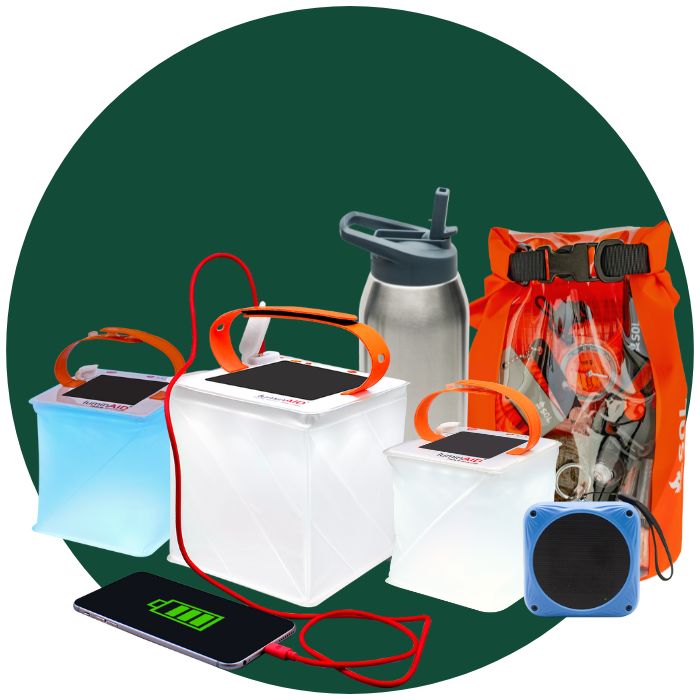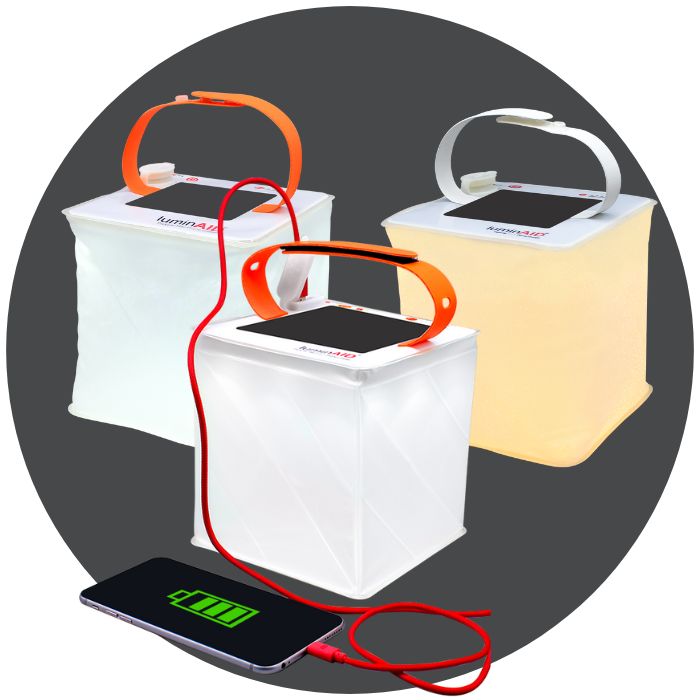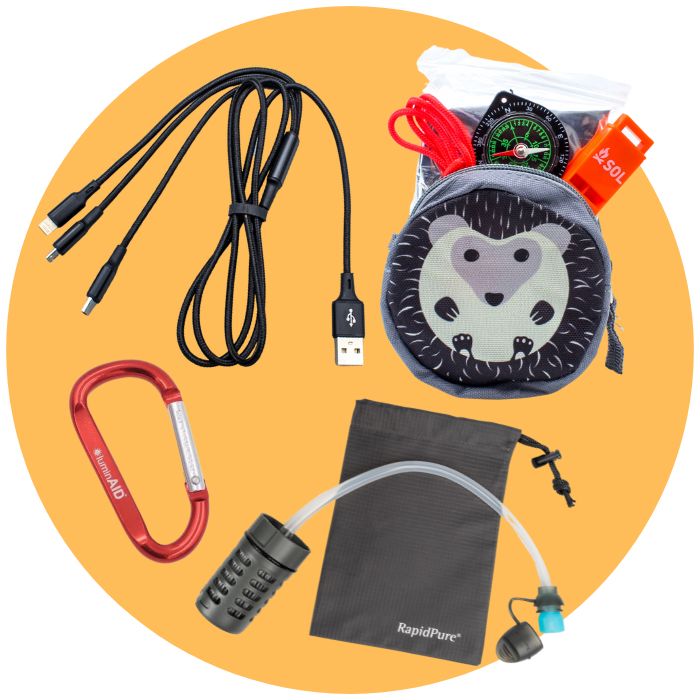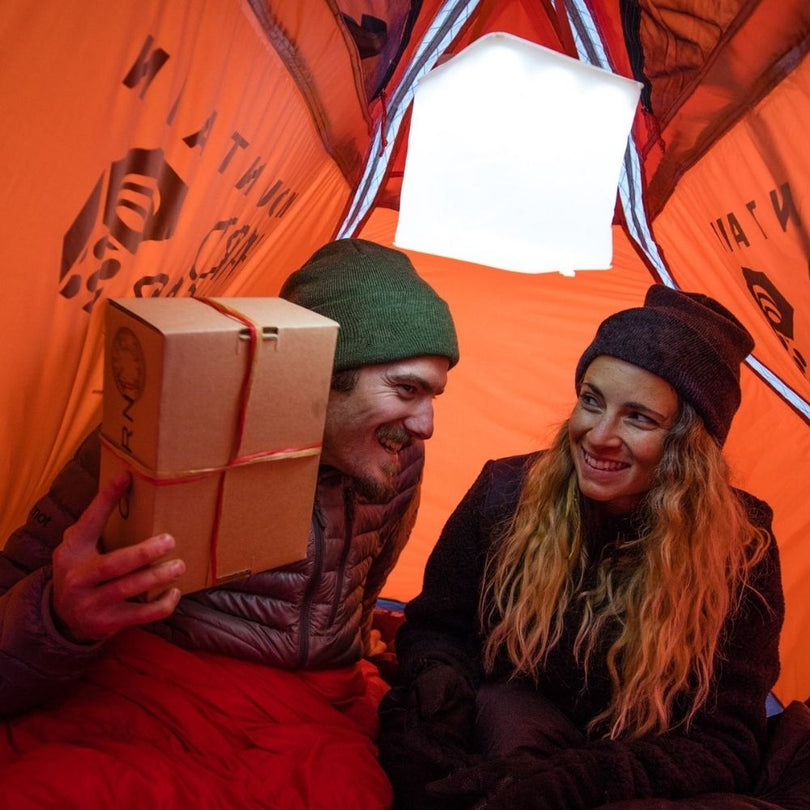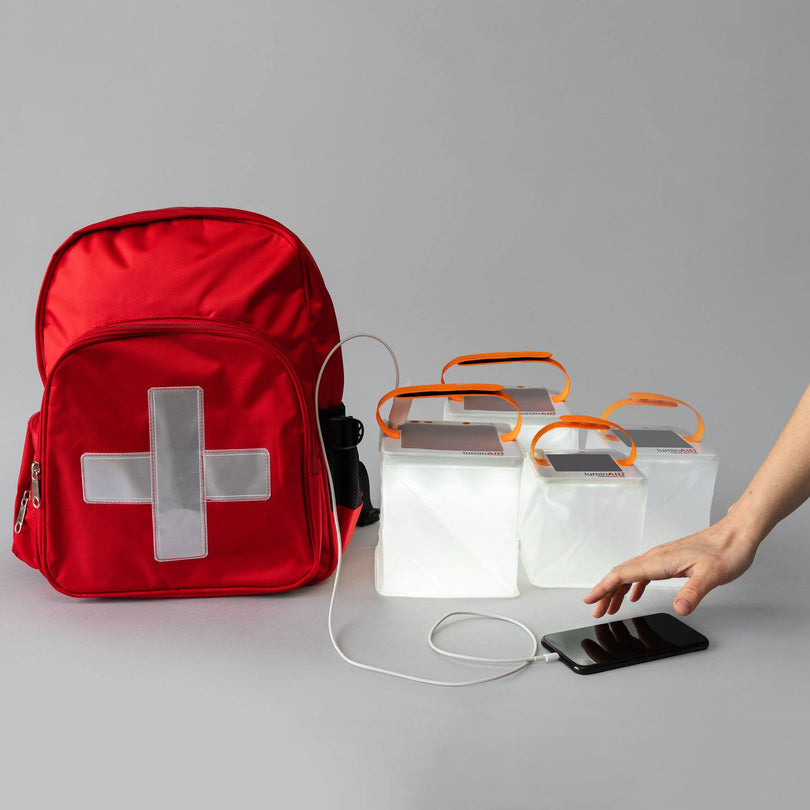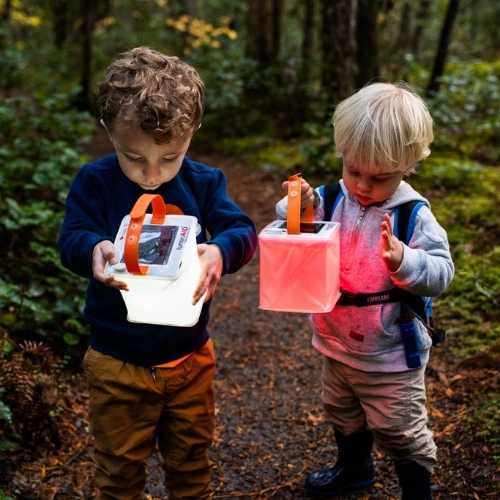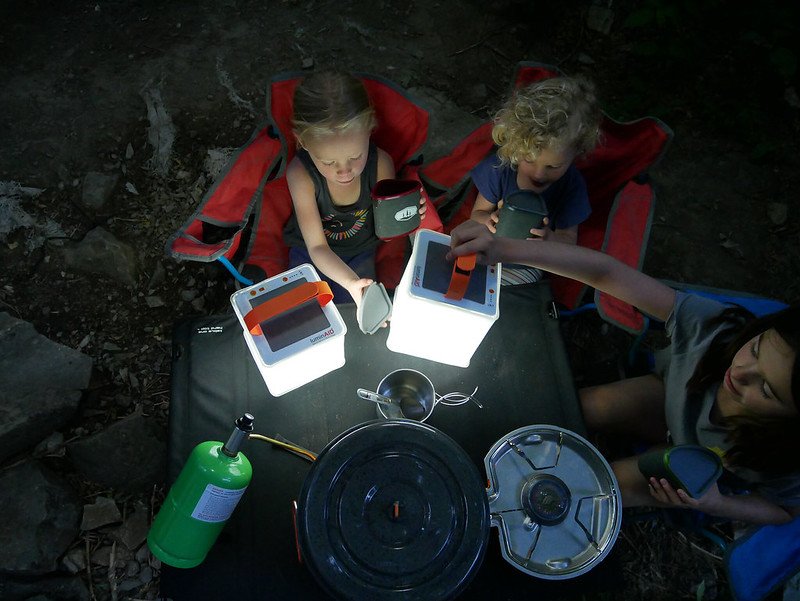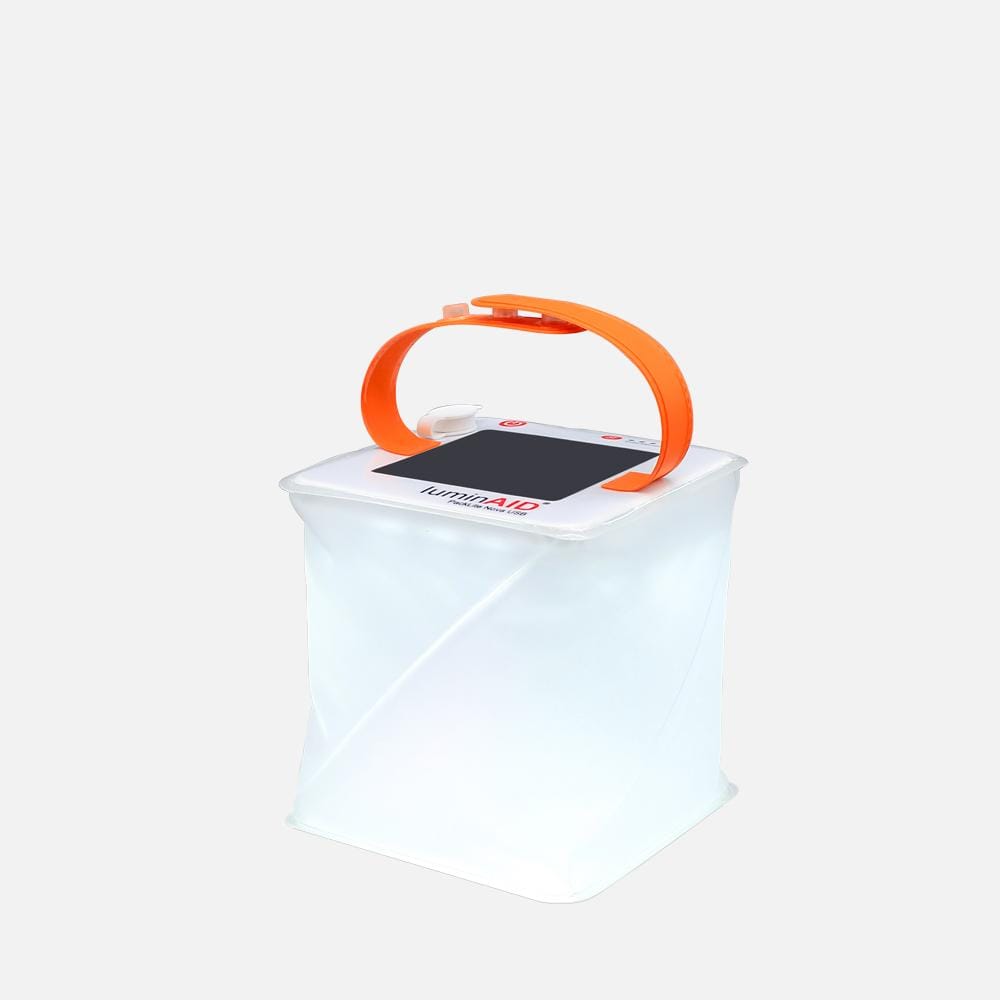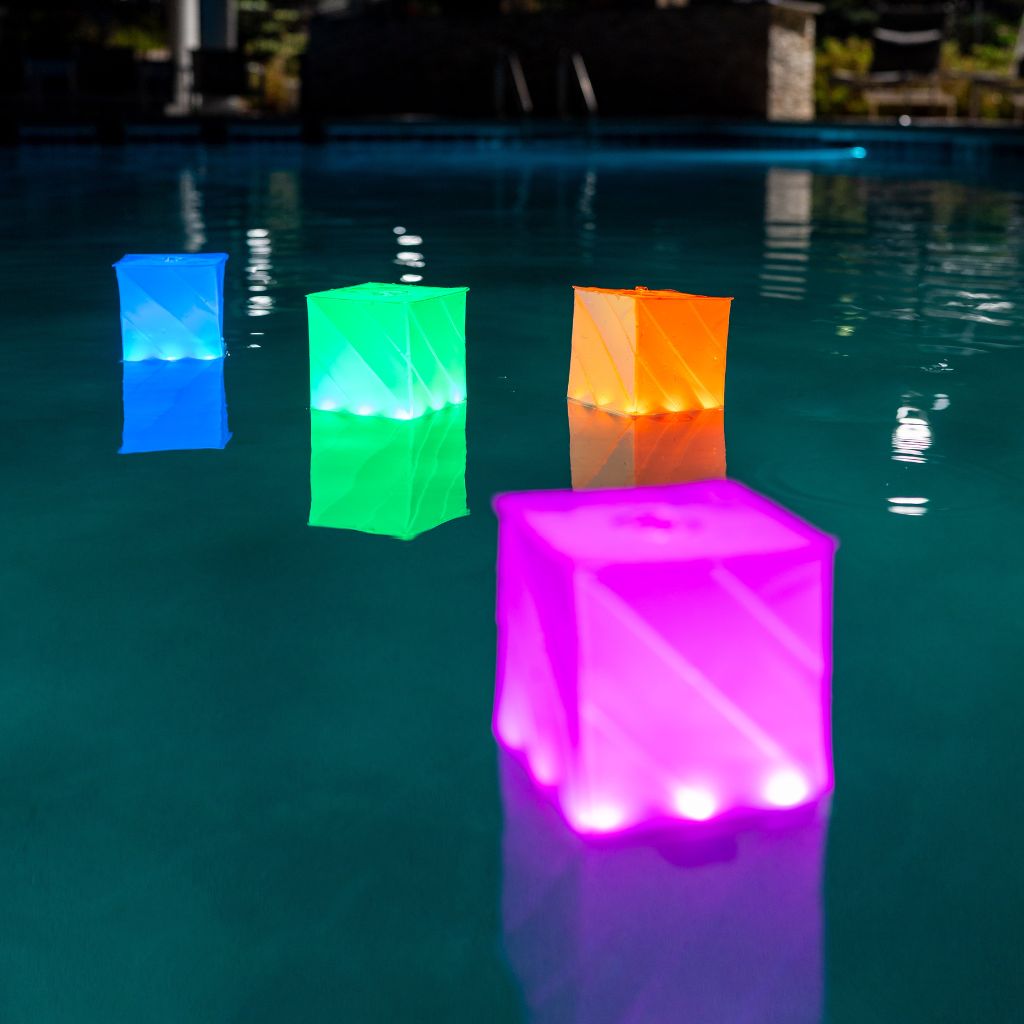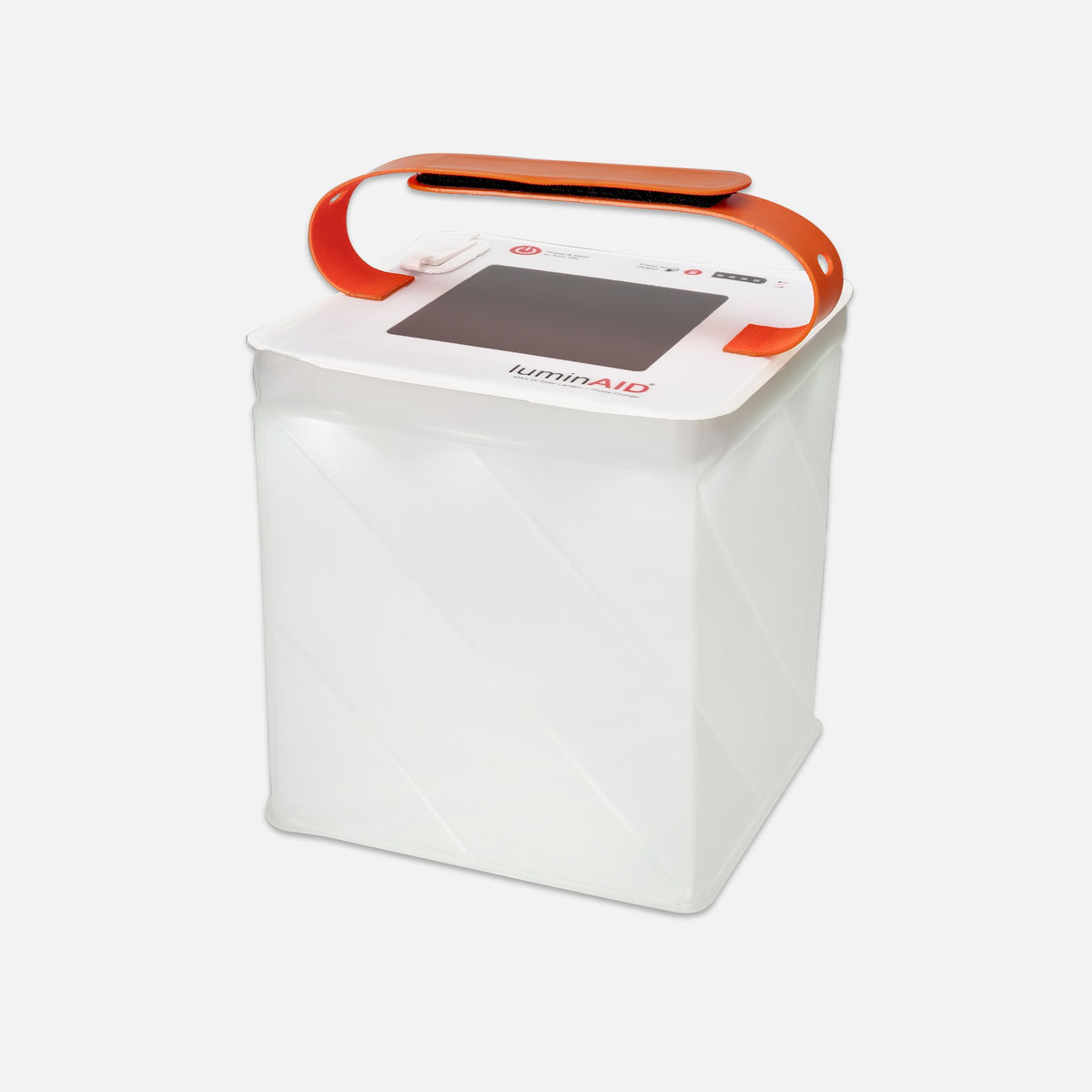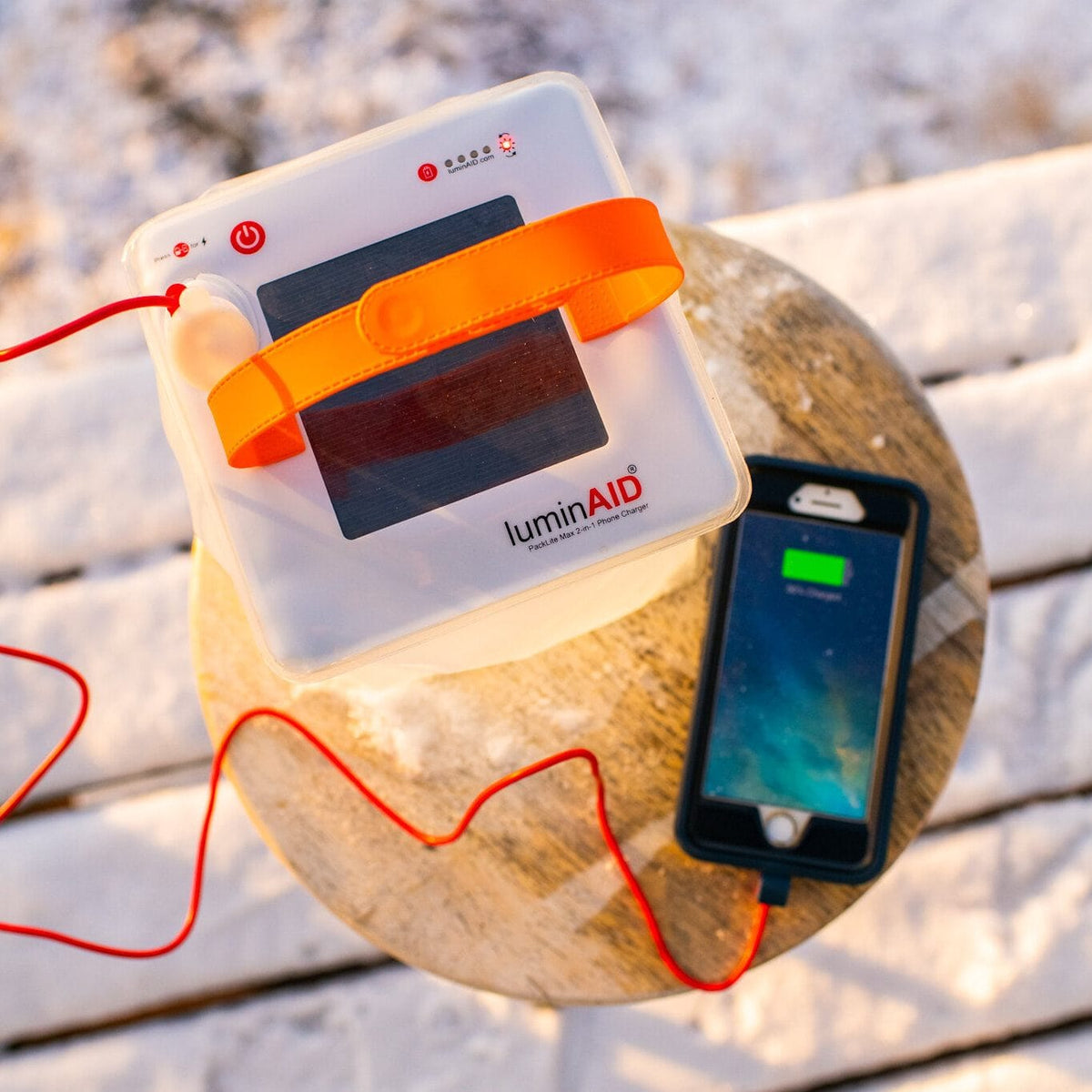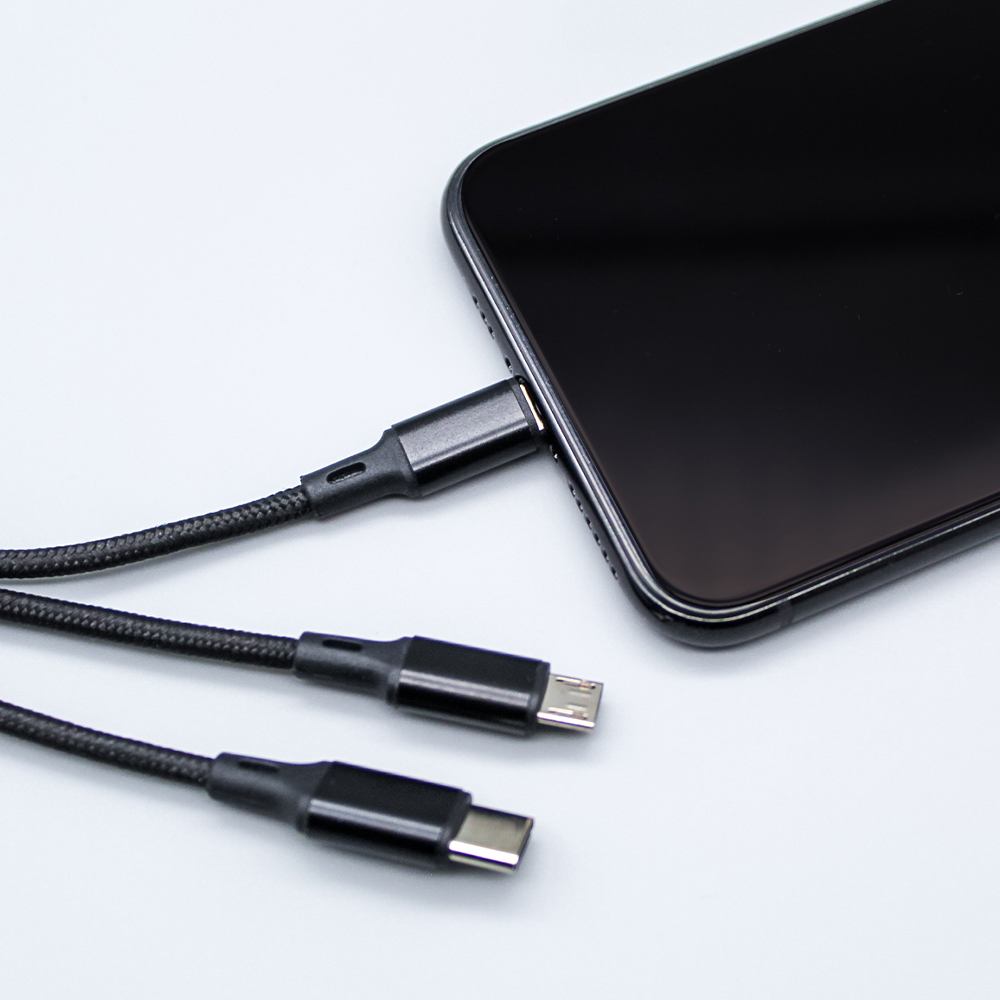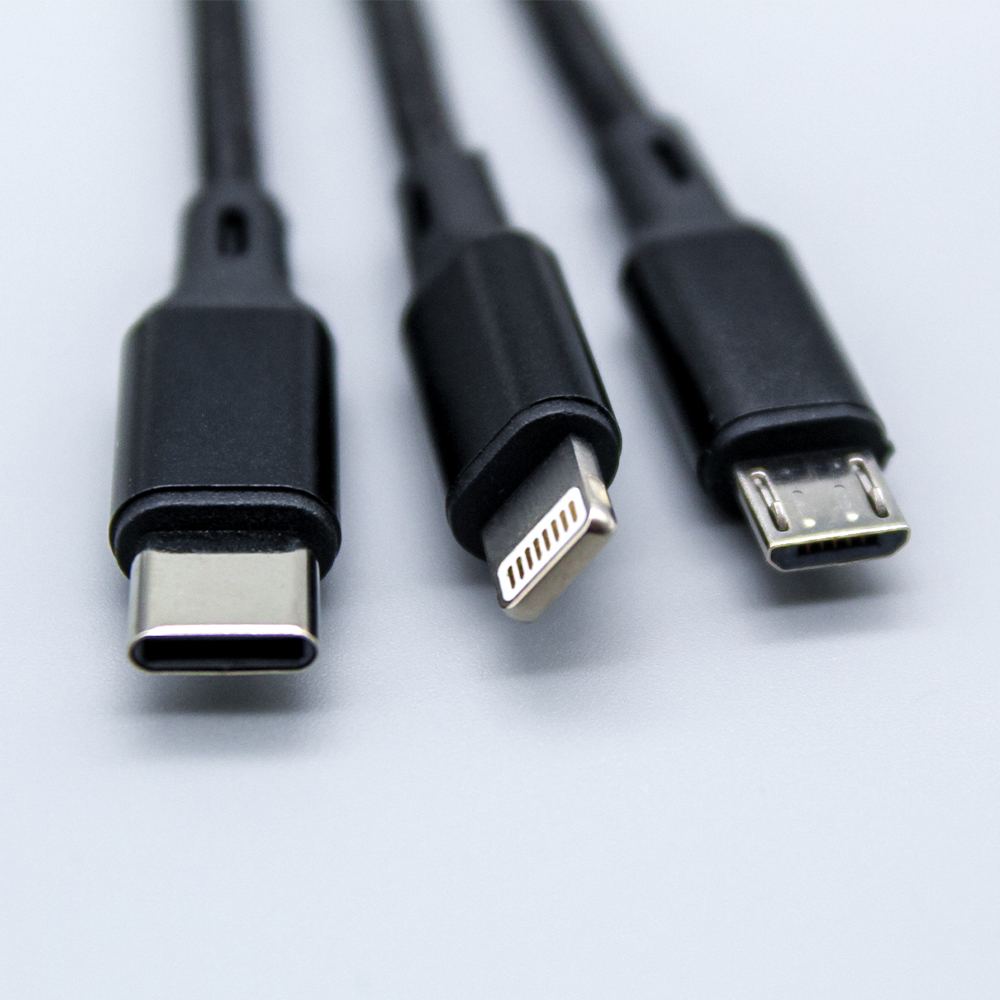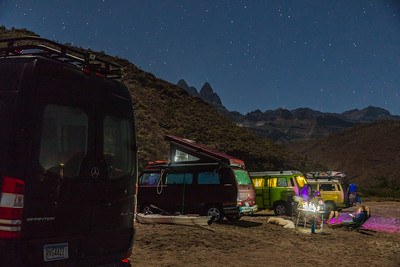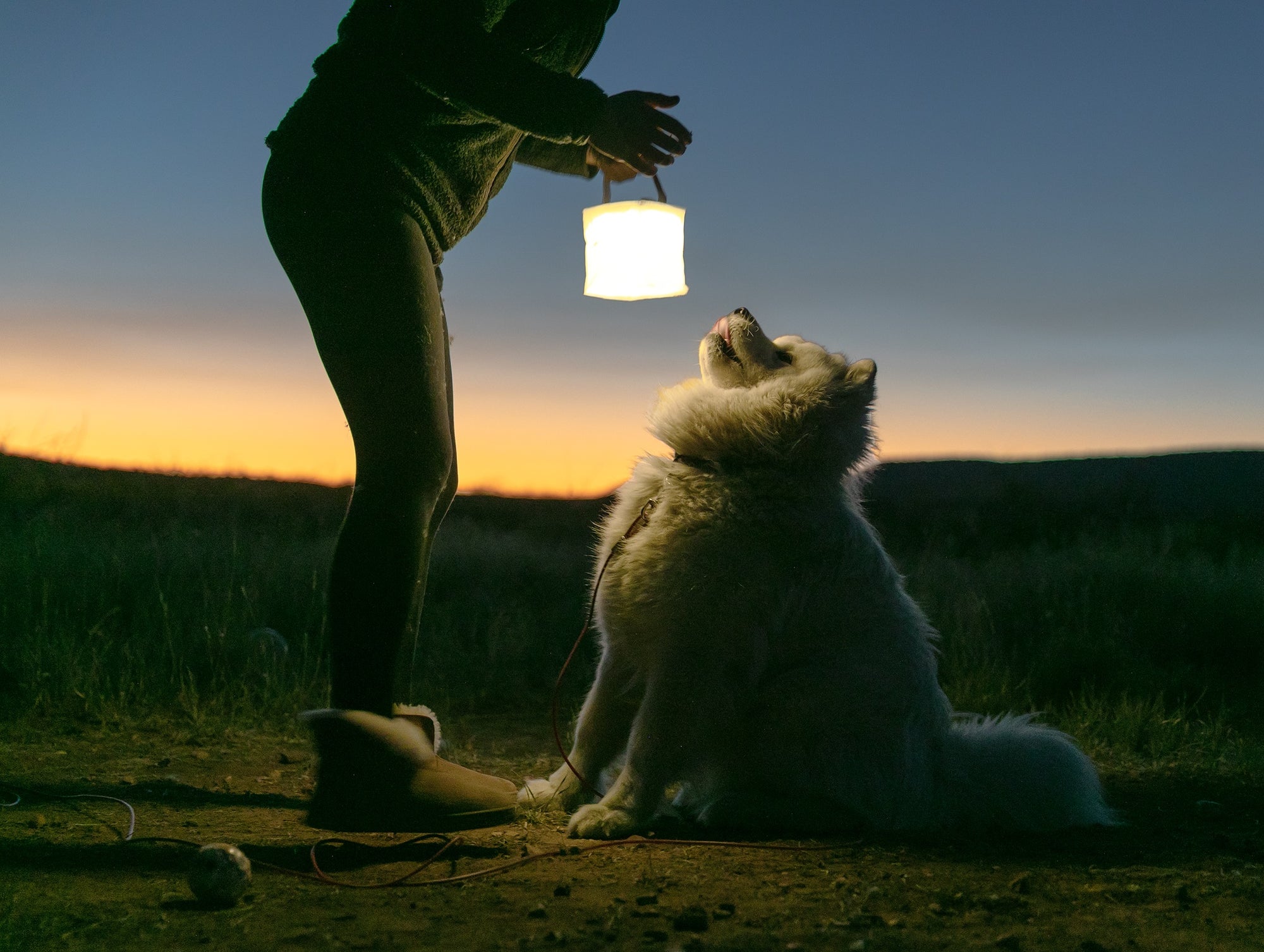How to Cook Safely and Deliciously Outdoors
Have you ever savored the unique flavor of a perfectly toasted marshmallow, its gooey center still smoky from the fire, under a sky filled with twinkling stars? If so, you've already tasted the magic of outdoor cooking. If not, it’s high time to bring the joy of cooking out into the open air.
Why is outdoor cooking good?
Outdoor cooking is a sensory experience that's completely different from any other form of cooking. It's not just about the food; it’s about the woodsy smell of the fire, the sizzling sound of your meal in the pan, and the tantalizing aromas that waft through the crisp air.
Outdoor cooking brings out flavors in your food that simply can't be replicated in the confines of an indoor kitchen. This is especially true when camping or picnicking, where your adventurous spirit somehow seems to infuse the food, making it taste even more delicious.
How do you cook food outdoors?
Cooking outdoors can be an exhilarating adventure, whether you're flipping burgers in your backyard or roasting marshmallows over a campfire. However, there are crucial fire safety precautions to consider, ensuring not only the tastiest results but also the safety of everyone involved.
In your backyard or at a park, start by selecting an ideal location for your cookout. You want a stable, flat surface that's clear of dry leaves, hanging tree branches, or any other flammable materials.
Always remember to keep your grill or fire pit at least ten feet away from your house or any structures to prevent accidental fires. According to the National Fire Protection Association (NFPA), nearly 10,000 home fires are started by grills each year, so this spacing is critical for your safety.
Ensure the grill or fire pit is stable and can't be tipped over and that your cooking area is safe for children and pets. Never leave your grill or fire pit unattended, and it’s essential to keep a fire extinguisher, a bucket of water, or a garden hose nearby in case the fire gets out of control.
If using a propane grill, check all connections for leaks before lighting it. If you're using charcoal, be cautious with lighter fluid; never add it to an already lit fire, as it can cause flare-ups.
How do you cook food at a campsite?
Taking your culinary skills to a campsite adds another layer of excitement, but also some additional precautions. The wilderness is a much less controlled environment, which makes fire safety even more crucial. According to the U.S. Forest Service, nearly 54% of wildfires are caused by humans, often through careless behaviors around fires.
When at a campsite, always use a designated fire pit or ring if one is available. These are strategically placed and designed to contain your fire safely. If there’s no designated spot, choose a site that's far from tents, shrubs, trees, and other flammable materials.
Also, be mindful of the wind direction to prevent blowing embers that can start unintended fires. If it’s too windy, consider alternatives to cooking over an open fire to prevent any accidents.
Before you even strike a match, check the fire regulations for your area - some places forbid open fires at certain times of the year due to increased wildfire risk. And remember, never leave your fire unattended and thoroughly extinguish it before leaving the campsite or retiring for the night.
Always prioritize safety equipment like a fire extinguisher or a fire blanket. As we move forward, we'll be discussing more about the equipment that you should consider to make your outdoor cooking experience safer and more enjoyable. It's not just about having the right tools; it's also about knowing how to use them safely and effectively.

Outdoor cooking gear
When it comes to outdoor cooking gear, several factors must be considered before buying. Let's take a look at the essential equipment needed and how to choose the best product for your needs:
- Outdoor Kitchen: An outdoor kitchen could be as simple as a folding table with a few essentials on top, or as elaborate as a portable camp kitchen with multiple surfaces and compartments. Look for a sturdy yet compact design, like the Coleman Pack-Away Portable Kitchen.
- Table: A foldable, portable table like the Trekology Portable Camping Table is a valuable asset when cooking outdoors. It's lightweight yet robust enough to hold your cooking gear.
- Knives: A good outdoor cooking knife should be versatile, sturdy, and safe to transport. The Morakniv Companion Outdoor Knife fits the bill perfectly.
- Cooking Pot: Consider multi-purpose cookware like the MSR Quick 2 System, which includes pots, plates, and mugs in a compact design.
- Cooking Fire Pit: Look for a portable fire pit that is easy to set up and clean, like the BioLite FirePit+. It's always crucial to follow local fire regulations and remember that practice makes perfect when it comes to firing techniques.
- Cooking Utensils: Choose compact, lightweight, and durable utensils. A set like the MSR Folding Utensil Set would work well.
- Water: Always carry enough water for cooking and washing. Consider a sturdy container like the Coleman Water Carrier.
- Grills: A portable grill like the Weber Q1000 is excellent for outdoor cooking. It's compact, durable, and delivers consistent heat.
- Lights: When cooking after dark, a reliable light source is essential. LuminAID’s collection of solar lanterns is perfect for this task, providing bright, rechargeable light no matter where you are.
-
Garbage Bags: Always pack garbage bags for collecting and disposing of waste. Leave no trace behind and respect nature.

Selecting the right outdoor cooking equipment
Choosing the right outdoor cooking equipment is a bit like picking the perfect camping spot - it requires a careful balance of utility, convenience, and personal preference. The key is to opt for versatile gear that can seamlessly adapt to various environments, from the untamed wilderness of a campsite to the familiar comforts of your backyard.
When embarking on this selection journey, look for versatile gear that will serve you well in different outdoor settings, whether you're on a rugged camping trip, enjoying a relaxed picnic in the park, or grilling on your patio. Items like a sturdy cast-iron skillet, a reliable set of barbecue tools, or a portable grill can work wonderfully across all these scenarios.
Consider the size and weight of the equipment, especially if you plan to hike or camp. Lightweight and compact gear that doesn't compromise functionality is the gold standard. You want your tools to be easy to carry and store but still robust enough to handle the rigors of outdoor cooking.
Material quality is another important factor. Look for durability and resistance to the elements. Stainless steel, cast iron, and certain types of aluminum alloys are often good choices for outdoor cooking gear as they are hardy, heat-resistant, and long-lasting.
It's also crucial to look for features that increase safety and ease of use. For example, a pot with a secure lid and sturdy handle will be safer to use over an open fire than one without these features. A knife with a good grip and a secure sheath is safer and more comfortable to use than one without.
And don't forget about cleanup. The best outdoor cooking equipment is easy to clean and requires minimal maintenance. Non-stick surfaces, smooth lines, and dishwasher-safe parts can make post-cooking cleanup much easier.
Finally, be confident in your purchase. Outdoor cooking equipment can be an investment, but it's one that will pay off in countless memorable meals under the open sky. So take the time to research, read reviews, and find the equipment that feels right for you. With the right gear in your hands, every outdoor cooking experience can become a delicious adventure.
Buying outdoor cooking equipment
When it comes to buying outdoor cooking equipment, the options are as vast as the great outdoors themselves. In our digitally connected age, you can acquire the necessary gear both in physical stores and online, each option offering its unique benefits and considerations.
Brick-and-mortar stores offer the significant advantage of a tangible shopping experience. You can handle the equipment, gauge its size and weight, and get a real sense of its build quality.
Outdoor specialty stores such as REI, Cabela's, or Bass Pro Shops also have knowledgeable staff that can provide valuable advice based on your specific needs. These stores often carry a wide range of options for outdoor cooking equipment, from basic campfire tools to high-end portable grills.
Big box stores like Walmart or Target also offer outdoor cooking gear, often at a lower cost. However, their selection might not be as extensive or specialized, and their staff might not have the same level of expertise as those in outdoor specialty stores.
Farmers' markets, garage sales, and thrift shops can also be treasure troves for sturdy, pre-loved outdoor cooking gear if you're on a budget.
For online shopping, the convenience factor is unbeatable. You can explore an extensive range of products from the comfort of your home, comparing prices, reading reviews, and checking product specifications with just a few clicks.
Websites such as Amazon and eBay offer a multitude of options from different brands and sellers, while the online portals of REI or Cabela's bring the specialty store experience to your screen.
When buying online, take note of important factors like shipping costs, delivery times, and return policies. Reading customer reviews can provide crucial information about the product's real-world performance, durability, and potential issues. Make sure to buy from reputable sellers or websites to ensure you receive authentic and high-quality products.
Another aspect to consider when shopping online is the environmental impact. According to a study by the MIT Center for Transportation and Logistics, online shopping can have a lower carbon footprint than traditional retail shopping, given that it's done correctly. Consolidate your orders to minimize deliveries and choose standard shipping instead of express shipping to reduce the environmental impact.
Final thoughts
Outdoor cooking is more than a necessity when you’re away from your home kitchen – it's an opportunity to embrace the raw, primal thrill of creating nourishment from nature’s resources. So next time you're under the open sky, breathe in the fresh air, prepare your favorite meal, and savor the irreplaceable joy of outdoor cooking. Safety, preparation, and packing the right gear are all you need to turn the great outdoors into your very own gourmet kitchen. Bon appétit!

